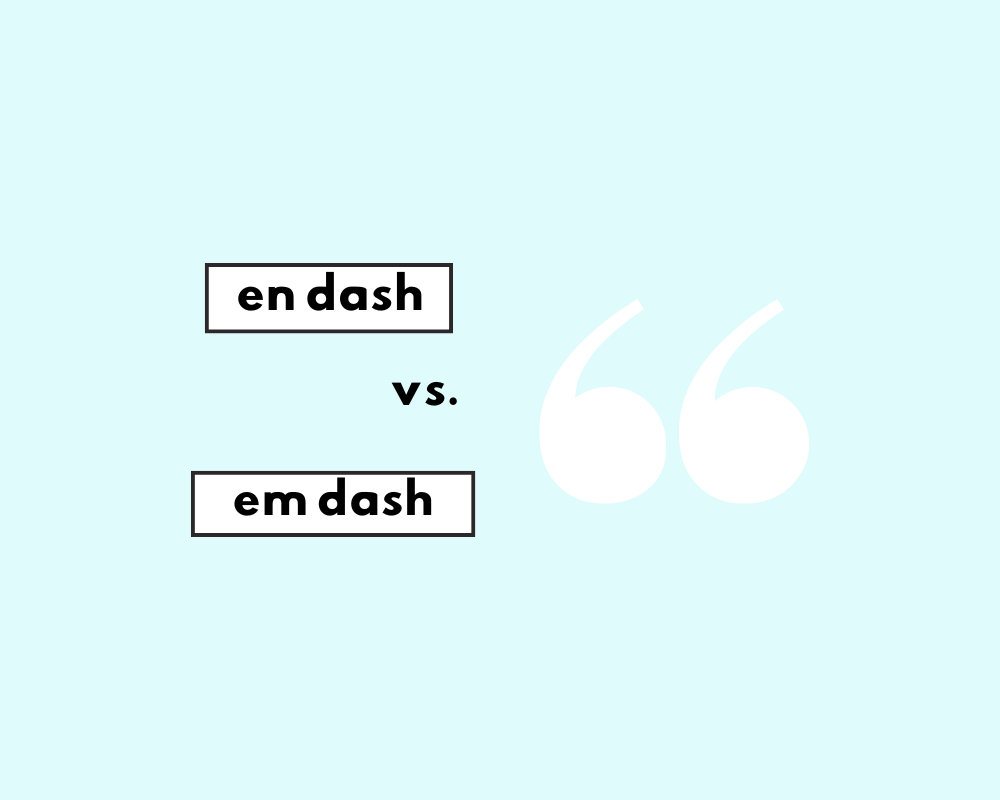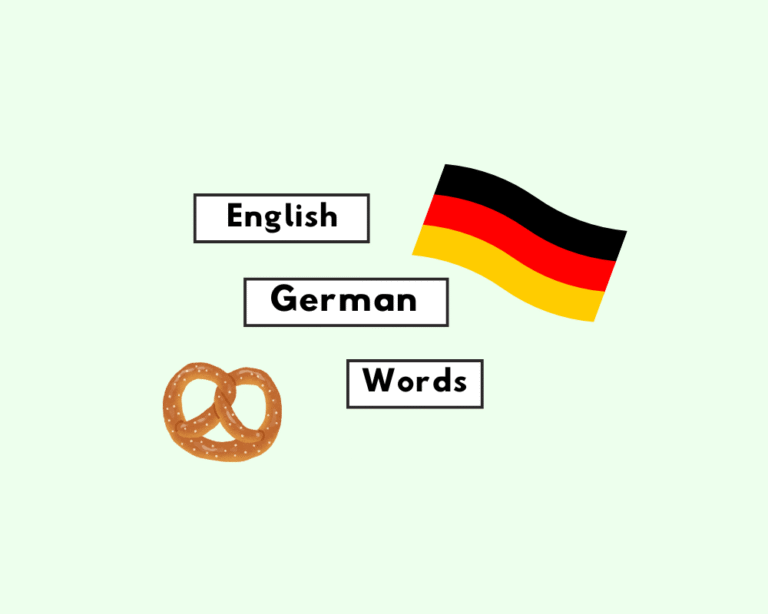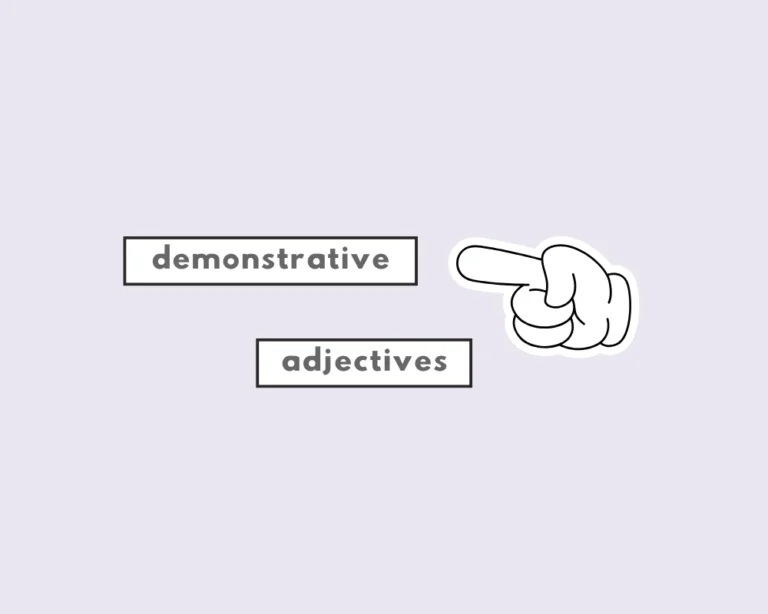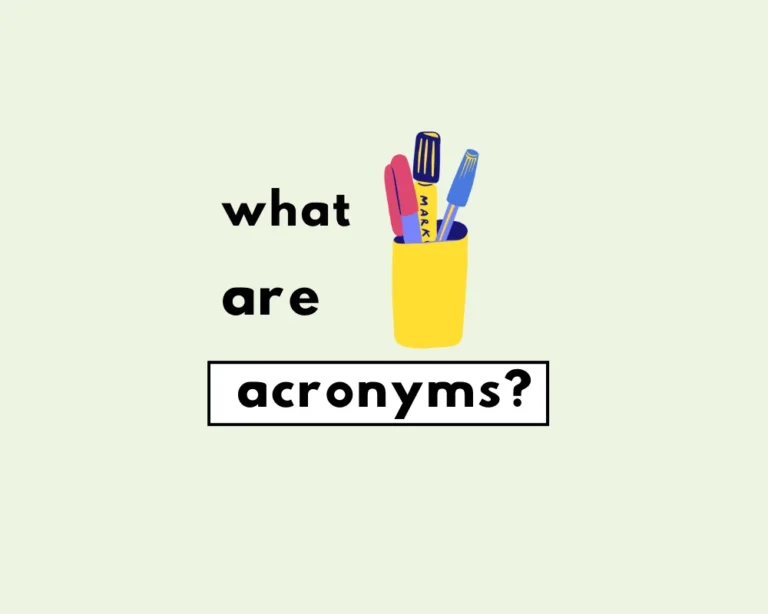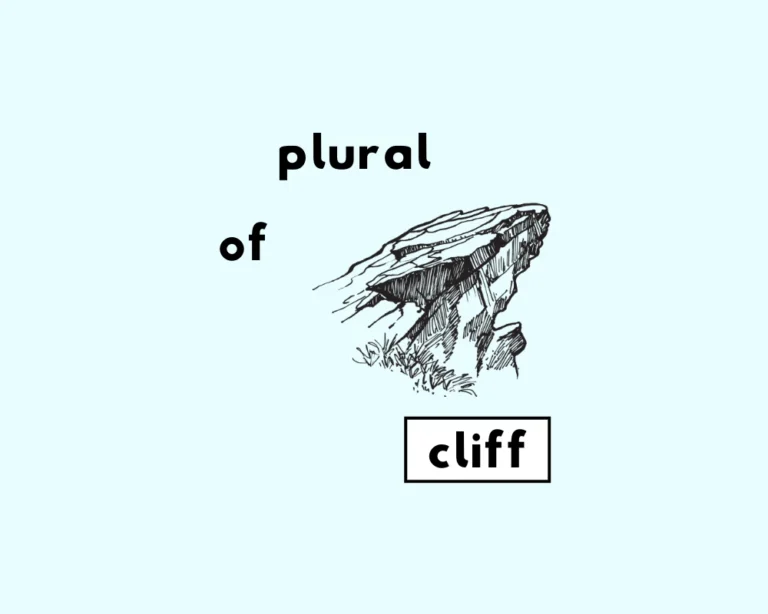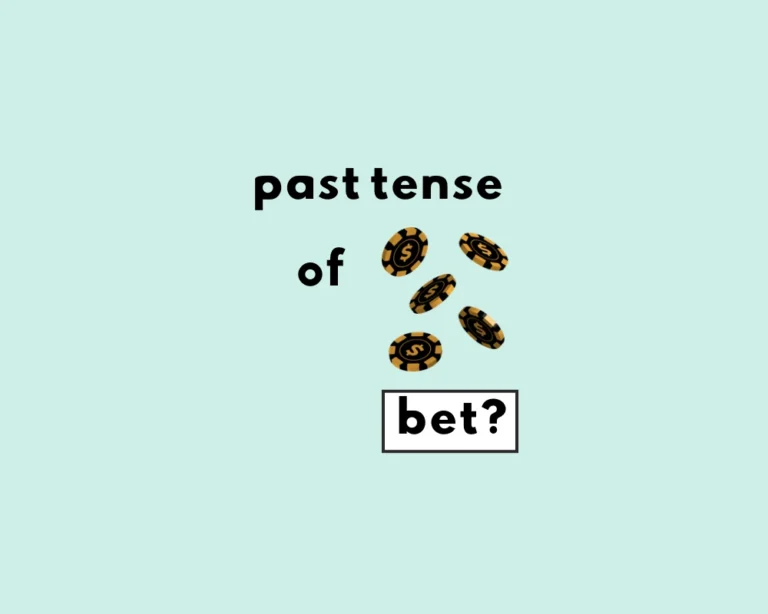What is an en dash vs. em dash?
An en dash (–) is slightly longer than a hyphen (-) but shorter than an em dash (—). It derives its name from the width of the letter “N” in most typefaces, as it’s about the same length as the letter.
The class runs Monday–Friday.
The July 1–15 period was busy.
The train departed from Paris – London. is too short; should be an en dash (–))
We worked from 9 AM to 5 PM.
While it might not be as well-known as the hyphen or em dash, the en dash serves several key purposes in writing.
When to use an En Dash
1. To show a range in numbers, dates, or time
The most common use of an en dash is to indicate a range, such as between numbers, dates, or time. When you want to show a span from one value to another, the en dash provides a clear and concise way to do so. For example:
- Numbers: The event will run from 9:00–5:00.
- Dates: The conference is scheduled for May 10–12.
- Time: The store is open from 8:00 a.m.–6:00 p.m.
Notice that there are no spaces before or after the en dash, which is a key distinction from how a hyphen is used. This is a crucial stylistic choice for proper punctuation.
2. To show a connection or relationship between words
En dashes can show a connection between two words or concepts that are related in some way. For instance:
- Directional or Geographic Relationships: The New York–London flight is delayed.
- Complex Compound Adjectives: A North–South divide.
- Linking Concepts: The Einstein–Rosen bridge (referring to a scientific concept).
The en dash here functions similarly to the word “to” or “and,” making it a more efficient way to establish connections without using additional words.
3. To replace “to” in compounds
In more complex compound phrases, particularly those that are long and need a shorter, more readable form, the en dash is used in place of the word “to.”
- The 2000–2004 period saw significant changes in the company’s structure.
- The Harvard–Yale game is always exciting.
In these cases, the en dash conveys the idea of a span or connection between the two parts of the compound.
Think ‘N’ (en dash width) for *N*umbers and *ranges* like time or dates.
En dash vs. hyphen vs. em dash
It’s easy to confuse the en dash with the hyphen and em dash, but they serve different purposes. Here’s a quick breakdown:
- Hyphen (-) is used to join words or parts of words together; e.g., well-known, part-time, self-esteem.
- Never use a hyphen for a range of numbers or dates.
- En Dash (–) is used for ranges (numbers, dates, time) and for connecting related concepts, as we discussed above; e.g., the 2010–2015 study showed significant results.
- Em Dash (—) is the longest dash and is used to create emphasis, indicate a sudden break, or introduce additional information. It’s often used to set off phrases (known as appositives) that interrupt the flow of a sentence. For example, “The team—the one with the best strategy—won the competition.”
Appositives are usually parenthetical phrases that give nonessential information, so the clause providing the extra information typically goes within the dashes.
The best way to see a country, unless you are pressed for time, is to travel on foot.
The audience, which had at first been indifferent, became more and more interested.
How to Type an En Dash
If you’re wondering how to type an en dash, it varies depending on the device you’re using.
- On a Mac: Press
Option+-(hyphen) on your keyboard. - On Windows: You can use
Alt+0150(on the numeric keypad). - In Microsoft Word: Type
Ctrl+-(on the numeric keypad) or use the Insert menu to select it from the symbol options.
Work Sheet
According to the post, what is one of the most common uses of an en dash?
How does the length of the en dash compare to a hyphen and an em dash?
Besides ranges, the post states that en dashes can be used for what purpose?
When indicating a range of time, such as “9:00–5:00”, the post notes a key stylistic choice regarding spacing around the en dash. What is it?
According to the post, is it correct to use a hyphen (-) for a range of numbers or dates?
The store hours are 8:00 a.m.6:00 p.m.
Please review the May 1012 conference schedule.
The New YorkLondon flight was on time.
The survey results covered the age range 1825.
The HarvardYale game is a big event.
Frequently Asked Questions
How is en dash different from hyphen?
+
When do I use an en dash?
+
Can an en dash replace the word “to”?
+
Should spaces be around an en dash?
+
What is an em dash used for?
+
Yash, D. "En Dash vs. Em Dash (How to Use Dashes + Examples)." Grammarflex, Jun 13, 2025, https://www.grammarflex.com/en-dash-vs-em-dash-how-to-use-dashes-examples/.

